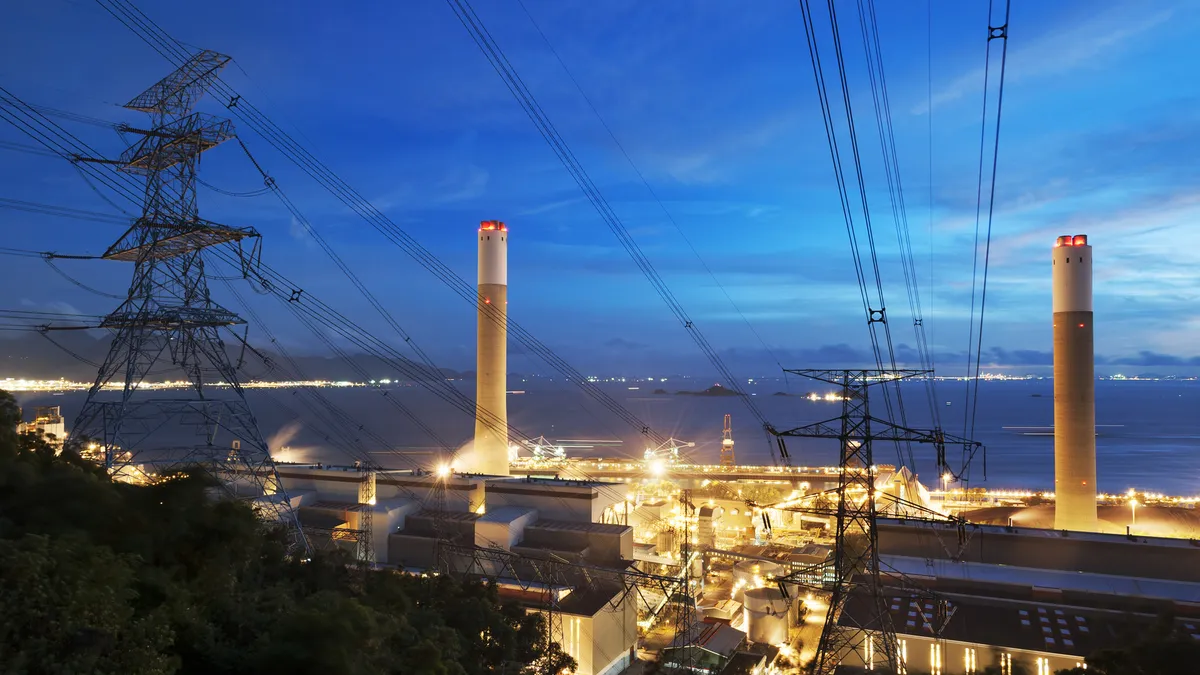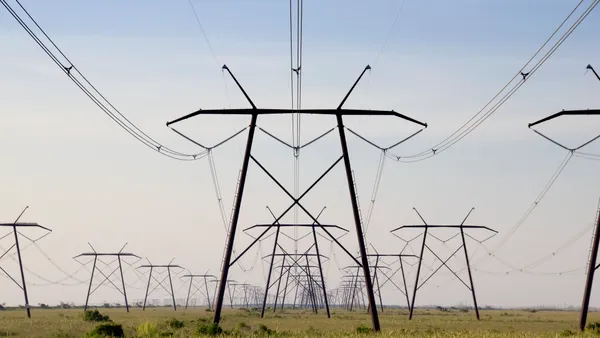Dive Brief:
- Average power prices rose 3.1% in 2014, marking the steepest increase since 2008, according to the U.S. Energy Information Administration.
- Power rates are expected to continue to rise in 2015, but the agency said increases will be more moderate.
- Residential electricity rate increases during 2014 ranged from 1.3% in the Pacific Coast states to 9.9% in New England.
Dive Insight:
Residential power prices saw steep average increases last year, EIA said, though across the country the reasons differed. While the Pacific Coast saw prices remain relatively stable, in New England consumers saw almost a double-digit increase for the year.
EIA said many electric utilities purchase their power from regional wholesale electricity markets, which, at a national level, experienced higher prices last year. The agency said other reasons commonly cited for higher retail electricity prices are the increased investment in transmission and distribution infrastructure, rising requirements to generate electricity from renewable energy sources, and utility investment in demand-side efficiency.
But despite recent increases, retail electricity prices have historically risen at a lower rate than the general rate of inflation, EIA said, and the real price of electricity is lower than it was prior to 1995. In constant 2014 dollars, the U.S. residential electricity price averaged 12.5 cents/KWh in 2014, up slightly from its lowest point (in real terms) of 11.1 cents/KWh in 2002.
Some good news, however: EIA said power generation fuel costs have fallen in recent months, especially the cost of natural gas. "These lower costs are likely to offset some of the increases in utilities' nonfuel costs and thus slow the rate of retail electricity price increases," the agency said.
EIA's March edition of the Short-Term Energy Outlook projected residential electricity prices will rise by 1% during 2015, which would be the lowest increase since 2010.















